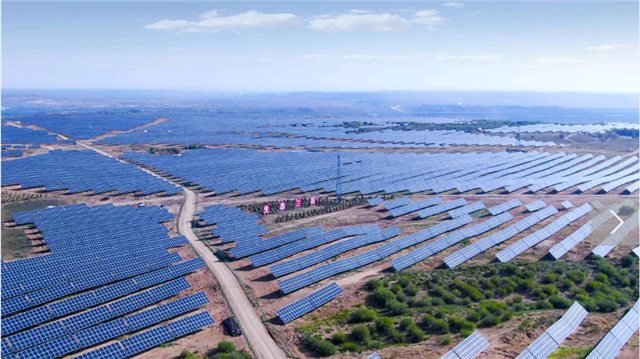The commercialization of HJT cells has significantly paced up in the past few months.

Last month, Mingyang Group signed contracts with cities in Guangdong and Jiangsu to cooperate on HJT cells and modules. Akcome has also completed the bidding of 4.4GW equipment for its HJT projects.
In addition, Anhui Huasun, an early starter in HJT manufacturing, announced this month that the company’s HJT cell production line has reached and exceeded its design capacity.
HJT cell is regarded as the next-gen mainstream technology after PERC. However, high cost and large consumption of silver paste are still restricting its development. Experts predict that the cost advantage of HJT cells will begin to surface in 2023.
Quick expansion
In May, Mingyang Smart Energy, a clean energy solution provider, announced its plans to invest 3 billion yuan in an HJT project with an annual output of 5 GW high-efficiency cells and 5 GW high-efficiency modules. The investment marks Mingyang’s entrance into the solar PV industry.
On September 28, Jiangsu Yancheng Economic Development Zone signed a 5 GW solar cell project with Mingyang Group. The planned capacity of project phase I is 2.5 GW. It is expected that the cells’ average conversion efficiency will exceed 24.5%.
Akcome, a company known for its HJT cells and modules, has also made plans to initiate a project with 10 GW HJT cell and 6 GW high-efficiency module production capacity.
Akcome has recently decided to procure 600 MW of HJT production equipment from Maxwell and 500 MW from Shenzhen S.C. The equipment procured is expected to be put into operation at the start of next year. Akcome also has plans to procure 1.8 GW from Maxwell and 1.5 GW from Shenzhen S.C.
Akcome has bet big on HJT. In June, Zou Chenghui, Akcome’s chairman, set a 1 GW target on HJT module output of the year. He also aimed for the self-sufficiency rate of cells to exceed 50% and sales volume of HJT modules to reach 1 GW by the end of 2021.
Anhui Huasun is also a great supporter of HJT. The company has recently launched its phase II project of 2 GW HJT cells and modules that is scheduled to begin production at the end of Q2, 2022.
Huasun reported last week that the daily output of its 500 MW HJT cell production line has reached 211,000 pieces, exceeding the design capacity of 200,000 pieces per day.
With its advantages in yield, cost and efficiency, HJT has gained much attention from cell manufacturers. Aside from Huasun, Akcome and Mingyang, other big names like Tongwei, Golden Glass and China Resources Power have also announced their plans to build gigawatt-level HJT production bases.
Cost reduced
The cost of HJT cells is still higher than that of PERC cells. The price of HJT modules is 0.2 yuan/W higher than PERC modules.
However, Akcome believes that as wafers are becoming thinner, the cost can be reduced. Akcome now uses 150μm silicon wafer. For every 10μm reduced in thickness, the cost can be lowered by 0.16 yuan/W.
Tianfeng Securities pointed out that accelerated R&D progress in the past six months may smooth the path for HJT cells. Since 2019 when HJT was first commercialized, the efficiency of commercial cells has been significantly improved.
With a clear cost reduction path, HJT cells are predicted to gain comprehensive advantages in efficiency, cost and power generation capacity in 2023.


